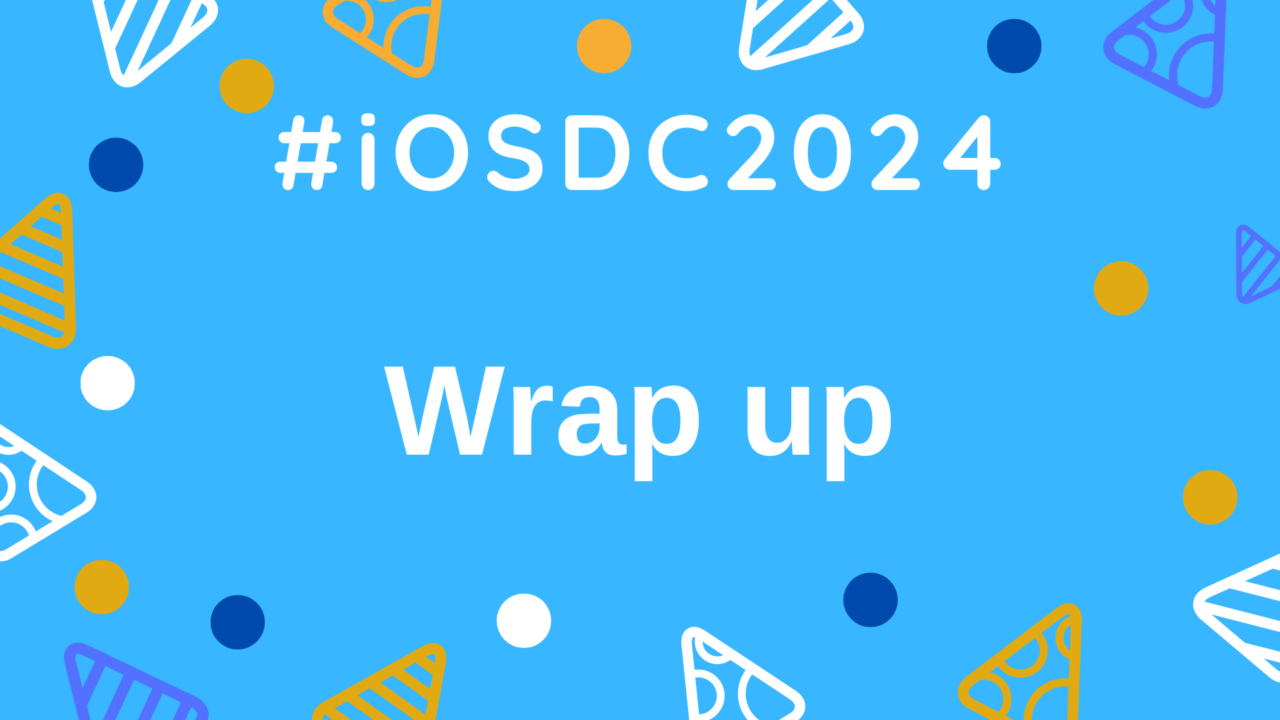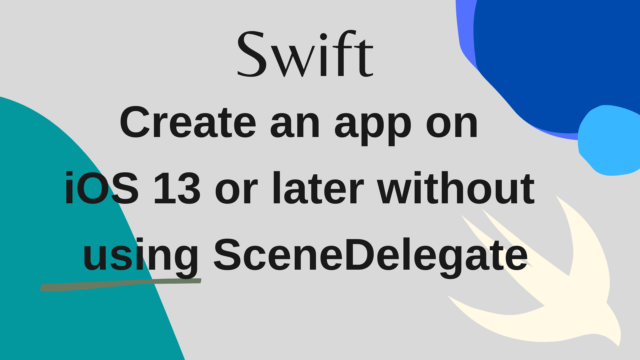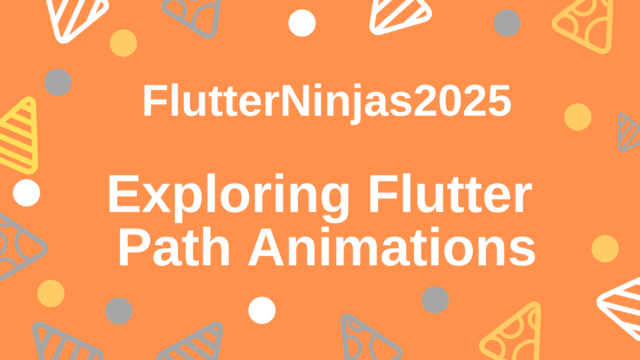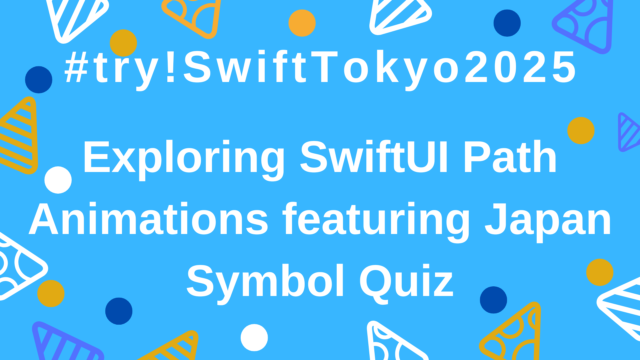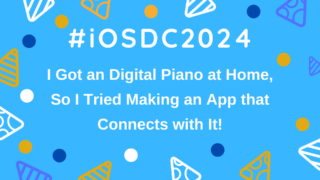【iOSDC2024 #LT】Wrap up
This article summarizes the implementation of animations in the presentation slides for the LT session, “A Digital Piano Came to My House, So I Made an App to Connect with It!” presented at iOSDC2024.
The previous article was “6. Implementing Piano UI App Support for visionOS”.
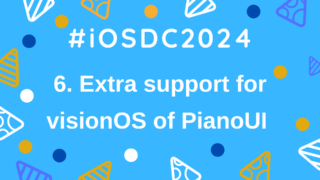
The main topic of this LT presentation was implementing an app that connects MIDI-compatible digital pianos with iPads and VisionPro devices.
Since I mentioned practicing piano in the proposal, I practiced playing the piano alongside the implementation and preparation of the presentation materials, which was quite a challenge!
For someone not used to playing the piano, it’s hard to even recognize which keys correspond to which notes, and the unfamiliar movements make your hands and arms very tired.
I also didn’t know much about digital pianos before this project (at least, not the one I have at home), but they are incredibly advanced and can do so much, which took a lot of time to get used to.
However, similar to my presentations in previous years, implementing features that connect Apple devices with other types of devices opens up possibilities that wouldn’t be achievable within an app alone, offering a different kind of excitement (and difficulty) than the apps I typically develop for work. It was a lot of fun.
This time, I also used SlideKit to create the slides, allowing me to include elaborate animations and mechanisms like AutoScrollTextView.
As the project went on, I became more and more invested not just in implementing the piano UI app but also in enhancing these features. The expressive power of SwiftUI animations is very high, and I felt that using TimelineView and the Layout Protocol opens up a wide range of possibilities.
This was also the first time I seriously developed a visionOS app for VisionPro, and I realized that both from an implementation and user experience perspective, there are many differences compared to existing iOS applications. I need to continue building knowledge in both areas.
The app was originally intended to run on iPads, so when running it on visionOS, the UI is consolidated into a single window. However, I felt that it might be more user-friendly to separate the UI for the piano keys and the UI for displaying the information of the keys being played into separate windows, allowing for more individual control. I’d like to experiment with making such adjustments.
